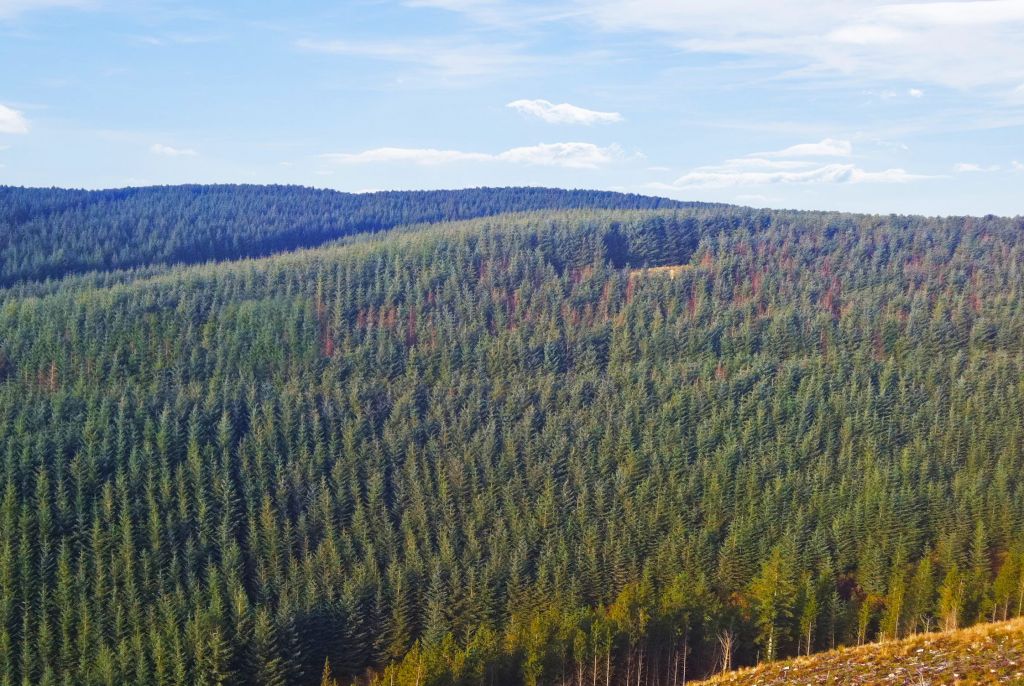Anthony Crosbie Dawson - June 2021
Anthony Crosbie Dawson - June 2021
Forestry as an asset class is well-placed to benefit, with carbon prices on the verge of a dramatic increase
Here comes the $100 carbon price.
As policymakers around the world step up efforts to combat climate change, the costs for businesses and others responsible for emitting carbon dioxide are rising more rapidly than is widely realised.
The Financial Times reports that energy giant BP is now planning for an average global carbon price of $100 for each tonne of carbon dioxide by 2030.
Some hedge funds believe carbon prices in Europe could hit $100 as soon as this year.
Carbon pricing has become a central tool for policymakers determined to create incentives for decarbonisation, with countries around the world now setting ambitious targets for reduced emissions.
The rapid rise in prices has profound implications for companies that have to pay them – $100 would be a four-fold increase on the average figure such companies currently plan for – but it also creates a valuable opportunity for asset owners able to help with mitigation. Step forward forestry.
Indeed, in this new world, the investment case for forestry looks stronger by the day.

Forestry investors are set to benefit from higher carbon prices in two distinct and important ways.
First, as carbon prices increase, the incentive for industries such as construction and housing to look beyond materials with a heavy carbon footprint becomes ever more enticing.
In practice, that means using less steel, concrete and aluminium and more timber.
Remarkably, the production of one tonne of steel or concrete releases 1,240kg and 159kg of carbon dioxide respectively; each tonne of wood, by contrast, absorbs a net 1,700kg of carbon dioxide during production.
As the global population continues to grow and the trend to urbanisation extends – the United Nations forecasts an 18% increase in the number of people living in cities by 2030 – demand for construction materials is only heading in one direction.
That provides a potential supercharge for timber prices: higher materials demand across the board from the construction sector and an increased share of the market for carbon friendly timber.
The second fillip for forestry from rising carbon prices comes from the market structures set up to help the world combat climate change.
In many regions, carbon emitters who are struggling to reduce their emissions, can as a temporary measure, purchase carbon offset credits; these are awarded for certain forestry investments as the world works towards net zero, where the total amount of carbon dioxide emitted is at least cancelled out by measures that take carbon out of the atmosphere.
Crucially, qualifying forestry assets – only new planting in some jurisdictions, including the UK – are an important source of carbon credits for companies that need to purchase them.
Therefore, as carbon prices rise and the need for carbon credits becomes more pressing, qualifying forestry stands to benefit from increased demand.
How, then, to secure increased exposure to forestry in the years ahead?
For most investors, a professionally-managed collective fund is a more practical option than direct investment.
Such funds offer access to specialist management expertise, as well as diversification benefits and an affordable entry point.
However, it is important to understand how forestry funds expect to generate their returns; in particular, given the current market landscape, will they capture both types of benefit accruing from rising carbon prices?
Gresham House’s new Forest Growth & Sustainability strategy, for example, will invest in UK forestry assets – both existing forestry, but also in new planting schemes with the potential to generate carbon credits.
Its international strategy will offer exposure to forestry assets and carbon in Europe, New Zealand, Australia and the US
Forestry is an increasingly popular investment, particularly in the context of the growing move towards investments with an environmental, social and governance (ESG) focus.
But the bottom line is that whether investors are motivated by ESG drivers or not, the standalone investment case for forestry gets a lift from each new leap in carbon prices.
Get in touch

Anthony Crosbie Dawson
Director, Forestry and Private Clients
a.crosbiedawson@greshamhouse.com/aus
Past performance is not a reliable indicator of future performance.
When investing in forestry, your capital is at risk. Please ensure you read more about the risks involved.
Read more about Forestry at Gresham House >>
Read more on emerging trends and drivers of timber demand in our Global Timber Outlook >>
 Gresham House
Specialist asset management
Gresham House
Specialist asset management






